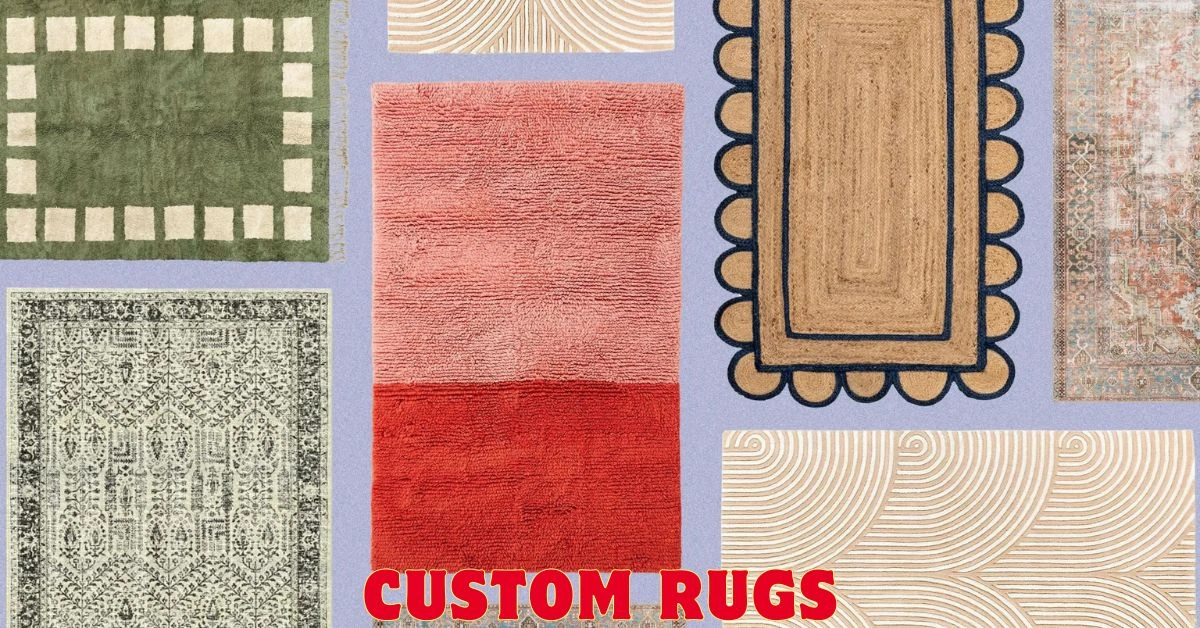Introduction
Custom rugs are more than mere floor coverings; they are expressions of personal taste, cultural heritage, and artistic creativity. In an era where interior design continually evolves, custom rugs have emerged as a significant element in enhancing the aesthetic appeal and functionality of spaces. This essay delves into the world of custom rugs, exploring their history, design processes, benefits, and market trends.
The History of Custom Rugs
Ancient Origins
The history of rugs dates back to ancient civilizations, where they served both practical and decorative purposes. The earliest known rug is the Pazyryk rug, discovered in Siberia and dating back to the 5th century BC. This artifact exemplifies the advanced weaving techniques of ancient cultures and highlights the significance of rugs in their daily lives.
Evolution Through the Ages
As societies progressed, so did rug-making techniques. From the intricate Persian carpets of the Middle Ages to the elaborate Oriental rugs of the Renaissance, each era contributed to the evolution of rug design. The introduction of new materials and techniques allowed for greater experimentation and creativity, paving the way for the diverse range of custom rugs available today.
The Art and Craft of Custom Rugs
Design Process
Creating a custom rug involves a meticulous design process that combines artistry with craftsmanship. It begins with a consultation where clients discuss their vision, including color schemes, patterns, and textures. Designers often use digital tools to create mock-ups, allowing clients to visualize the final product before production begins.
Materials and Techniques
Custom rugs are crafted from various materials, each offering unique qualities. Wool, silk, cotton, and synthetic fibers are commonly used, each contributing to the rug’s durability, texture, and appearance. Traditional techniques like hand-knotting and tufting remain popular, but modern methods such as digital printing have introduced new possibilities for customization.
Quality Control
Quality control is a critical aspect of custom rug production. Skilled artisans inspect each rug throughout the process to ensure it meets high standards of craftsmanship. This attention to detail ensures that the final product not only meets the client’s expectations but also stands the test of time.
The Benefits of Custom Rugs
Personalization
One of the most significant advantages of custom rugs is personalization. Unlike mass-produced options, custom rugs allow individuals to tailor designs to their specific preferences. This personalization extends beyond aesthetics to include functional aspects such as size and shape, making custom rugs ideal for unique spaces.
Investment Value
Custom rugs often represent a considerable investment. Their bespoke nature and the quality of materials used contribute to their value. Unlike generic rugs, custom pieces can appreciate over time, particularly if they are crafted by renowned designers or feature historical significance.
Enhancing Space
Custom rugs play a crucial role in interior design. They can define spaces, complement existing decor, and add a touch of luxury to any room. By choosing a custom rug, individuals can ensure that their flooring reflects their style and enhances the overall ambiance of their space.
Market Trends in Custom Rugs
Sustainable Practices
In recent years, there has been a growing emphasis on sustainability in the rug industry. Many manufacturers are adopting eco-friendly practices, such as using organic materials and reducing waste. Custom rugs made from sustainable resources not only appeal to environmentally conscious consumers but also contribute to the industry’s overall shift toward greener practices.
Technological Advancements
Technological advancements are transforming the custom rug market. Digital design tools and 3D printing techniques allow for greater precision and creativity in rug production. These innovations enable designers to experiment with intricate patterns and textures that were previously challenging to achieve.
Global Influence
The global market for custom rug’s is influenced by diverse cultural and design trends. As consumers become more aware of international styles, they seek custom rug’s that incorporate elements from various cultures. This global influence enriches the variety of designs available and fosters cross-cultural appreciation.
The Future of Custom Rug’s
Emerging Materials and Techniques
The future of custom rug’s promises exciting developments in materials and techniques. Innovations such as smart rugs that integrate technology for added functionality and durability are on the horizon. As designers continue to explore new materials and methods, the possibilities for custom rug’s will expand, offering even more options for personalization and creativity.
Increasing Demand
The demand for custom rug’s is expected to grow as consumers increasingly seek unique and personalized home decor solutions. As the market expands, more designers and manufacturers will enter the field, providing a wider range of choices and driving innovation in rug design.
Conclusion
Custom rug’s are a testament to the intersection of art, craftsmanship, and personal expression. Their rich history, intricate design processes, and the benefits they offer make them a valuable addition to any space. As market trends evolve and technological advancements shape the industry, the future of custom rug’s holds exciting possibilities. Whether for enhancing the beauty of a room or making a statement of individuality, custom rug’s remain a cherished element in the world of interior design.
Read More: Sabrina Carpenter Bangs: Styling Tips and Inspiration for Fans

